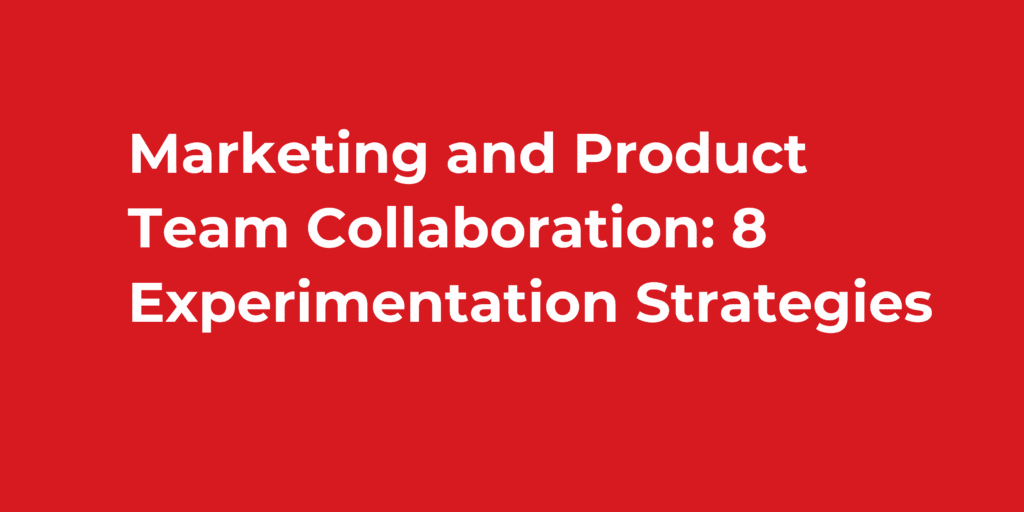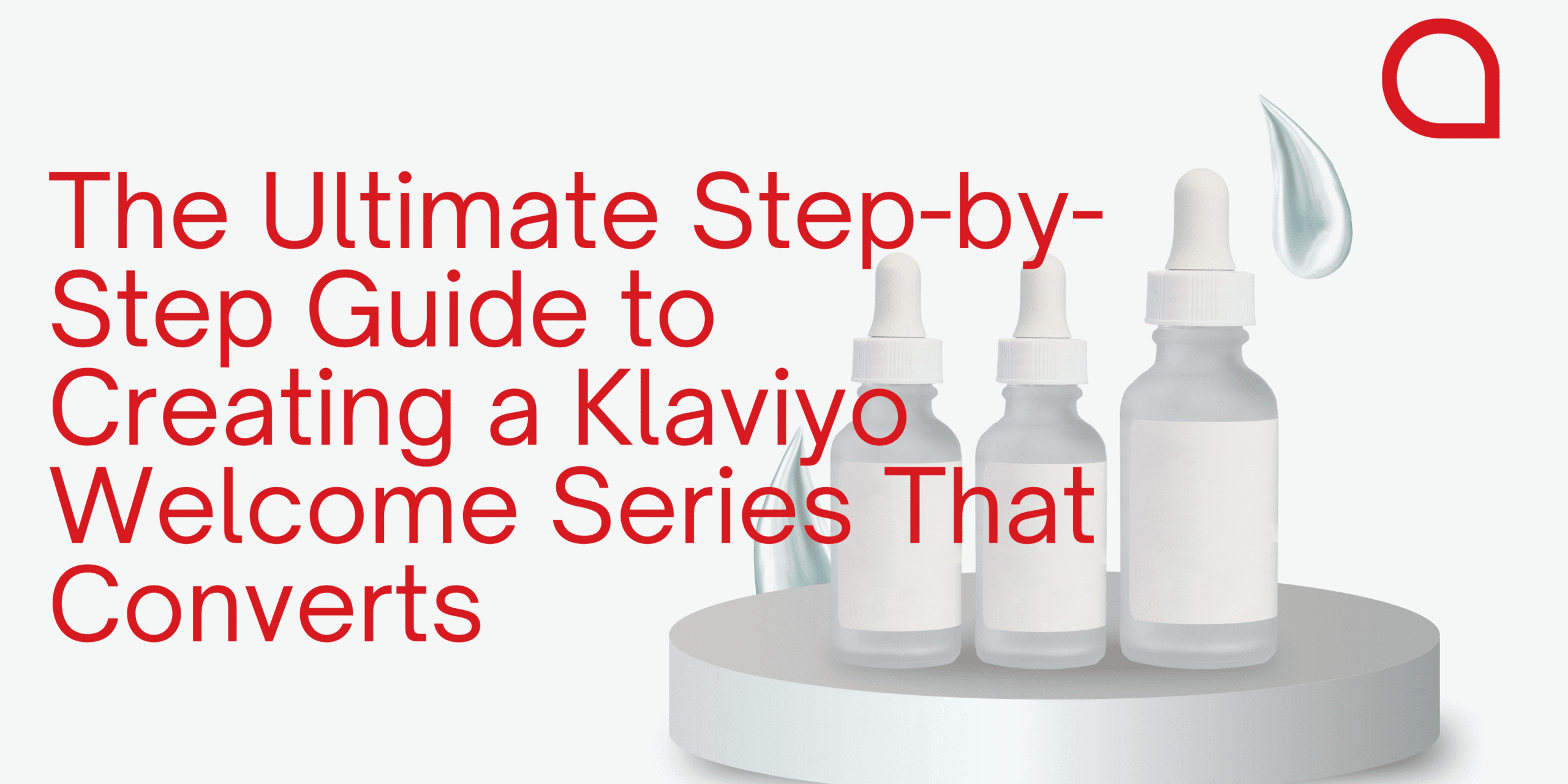In today’s competitive digital landscape, marketing and product team collaboration is more than an organizational nicety—it’s a business imperative. When these teams operate in isolation, testing in separate tools and measuring different metrics, the result is predictable: finger-pointing, inefficiency, and missed opportunities that directly impact your conversion rates.
At Ancorrd, we’ve helped businesses increase their conversion rates by 50% to 200% by implementing unified experimentation strategies that bring teams together. Here are eight proven ways to get your marketing and product teams experimenting together for exponential growth.
1. Adopt a Unified Experimentation Platform
The foundation of effective marketing and product team collaboration starts with your tooling. When marketing runs frontend tests in one platform while product conducts server-side experiments in another, you’ve created data silos that prevent cross-team visibility and make it impossible to see how experiments impact each other’s metrics.
The solution: Choose an experimentation platform that supports both use cases. Marketing teams need intuitive visual editors for rapid frontend testing, while product teams require robust server-side capabilities for deeper technical experiments. According to research from Optimizely, organizations using a single experimentation platform are 70% more likely to experience significant growth.
A unified platform enables both teams to see the full picture, share insights in real-time, and understand how their work contributes to overall conversion optimization.
2. Conduct Collaborative User Research
User research shouldn’t be siloed within one department. When marketing conducts research without product involvement—or vice versa—valuable insights about customer behavior, pain points, and opportunities fall through the cracks.
Best practices for collaborative research:
- Create cross-functional research initiatives where both teams contribute questions
- Share findings in joint analysis sessions
- Use insights to inform both marketing campaigns and product features
- Document research in a centralized repository accessible to all teams
Marketing might discover how specific product features influence brand perception and purchase decisions, while product learns how messaging shapes user expectations and onboarding success. This holistic approach gives everyone a complete picture of the customer journey.
3. Build Joint Testing Roadmaps
Without collaborative prioritization in your marketing and product team collaboration efforts, chaos ensues. Test bandwidth is finite, and resources are limited. Separate roadmaps risk duplicating efforts, creating conflicting tests, or running experiments that undermine each other’s conversion goals.
How to prioritize together:
- Establish shared quarterly planning sessions
- Evaluate potential impact using consistent scoring frameworks
- Consider dependencies between marketing acquisition and product activation
- Align test priorities with company-wide OKRs
- Create a master testing calendar visible to all stakeholders
This approach ensures every test serves your broader conversion strategy, not just individual team goals.
4. Standardize Your Testing Framework
Consistency is the secret weapon of high-performing experimentation programs. When teams use different methodologies to design tests, measure success, or report results, comparison becomes impossible and meta-analysis—one of the most powerful tools for program optimization—is out of reach.
Essential standards to implement:
- Consistent experiment naming conventions
- Unified success metrics and KPIs
- Shared documentation templates
- Agreed-upon statistical significance thresholds
- Standard reporting formats
This consistency enables you to build a comprehensive test repository where anyone can review past experiments, extract learnings, and build on previous work to continuously improve conversion rates.
5. Share a Common Tech Stack and Data Layer
Data silos typically emerge from fragmented technology stacks. When different departments control their own data, you end up with situations where marketing drives high-volume acquisition that product later discovers results in poor engagement or high churn. Neither team sees the full story, and conversion optimization suffers.
Breaking down data barriers:
- Insist on unified analytics platforms
- Implement shared customer data infrastructure
- Track the same events across marketing and product touchpoints
- Measure impact on shared conversion KPIs
- Create dashboards that show end-to-end user journeys
When both teams access the same customer data, marketing learns how acquisition quality affects long-term value, while product understands how retention impacts marketing efficiency—leading to better overall conversion performance.
6. Create Cross-Functional Experiment Teams
Structure influences behavior in marketing and product team collaboration. Traditional org charts that separate marketing and product into distinct hierarchies naturally create silos that hurt conversion rates.
Effective team structures:
- Embed product marketers within product teams
- Create dedicated growth teams with members from both departments
- Establish collaborative task forces for major launches
- Use shared communication channels and project management tools
- Schedule regular cross-functional standups
Physical or virtual co-location facilitates spontaneous conversations, rapid feedback loops, and genuine understanding of each other’s challenges—all critical for conversion optimization.
7. Align on Shared Metrics and OKRs
Perhaps nothing drives marketing and product team collaboration more powerfully than shared success criteria. When marketing is measured solely on lead volume while product focuses exclusively on feature adoption, misalignment is inevitable and conversion rates plateau.
Creating aligned metrics:
- Define North Star metrics that capture end-to-end customer value
- Create OKRs that require both teams to contribute
- Track conversion rates across the entire customer journey
- Measure customer lifetime value, not just acquisition costs
- Celebrate shared wins in company-wide meetings
For instance, if your goal is to improve user activation by 30%, both teams must collaborate—marketing on the quality of traffic and messaging consistency, product on the onboarding experience and feature discovery.
8. Foster a Culture of Transparency and Continuous Learning
Tools and processes only work when supported by the right culture. Create an environment where both teams regularly share insights, celebrate successes together, and treat failures as collective learning opportunities rather than grounds for blame.
Building a learning culture:
- Establish regular showcase sessions where teams present experiment results
- Encourage open feedback and constructive discussion
- Make it safe to talk about tests that didn’t achieve target conversion rates
- Document learnings in a shared knowledge base
- Recognize cross-functional collaboration in performance reviews
When everyone understands that experimentation is a team sport, marketing and product team collaboration becomes second nature, and conversion rates consistently improve.
The Ancorrd Approach to Conversion Optimization
At Ancorrd, we’ve seen firsthand how unified experimentation transforms organizations. Our conversion rate optimization strategies bring marketing and product teams together through shared tools, data, goals, and a commitment to learning. The results speak for themselves: clients typically see conversion rate increases of 50% to 200%—without spending an extra penny on advertising.
The customer journey doesn’t stop when someone clicks an ad, just as it doesn’t begin when they log into your product. It’s one continuous experience that directly impacts your conversion rates. Your teams should experiment that way too.
Whether you’re struggling with low conversion rates, siloed teams, or inefficient testing processes, effective marketing and product team collaboration is the key to unlocking sustainable growth. By implementing these eight strategies, you’ll create a culture of experimentation that drives measurable results across every stage of the customer journey.
Ready to break down silos and increase your conversion rates by up to 200%? Contact Ancorrd today to discover how we help organizations build high-performing, cross-functional experimentation programs that deliver real business results. Stop losing potential customers to lousy conversion strategies—let’s optimize together.
Frequently Asked Questions
Q: Why is marketing and product team collaboration important for conversion rates? A: When marketing and product teams collaborate, they create consistent customer experiences across the entire journey. This alignment eliminates friction points, reduces bounce rates, and ensures that marketing promises match product delivery—all of which significantly improve conversion rates.
Q: What’s the first step to improving marketing and product team collaboration? A: Start by adopting a unified experimentation platform that both teams can use. This creates immediate visibility into each other’s work and establishes a foundation for shared data, metrics, and learnings.
Q: How long does it take to see results from improved team collaboration? A: Most organizations see measurable improvements in conversion rates within 60-90 days of implementing collaborative experimentation strategies. At Ancorrd, our clients typically achieve 50-200% conversion rate increases depending on their starting metrics.
Q: What tools support marketing and product team collaboration? A: Effective collaboration requires experimentation platforms that support both frontend and backend testing, unified analytics tools, shared project management systems, and collaborative documentation platforms. Ancorrd can help you select and implement the right tech stack for your needs.







